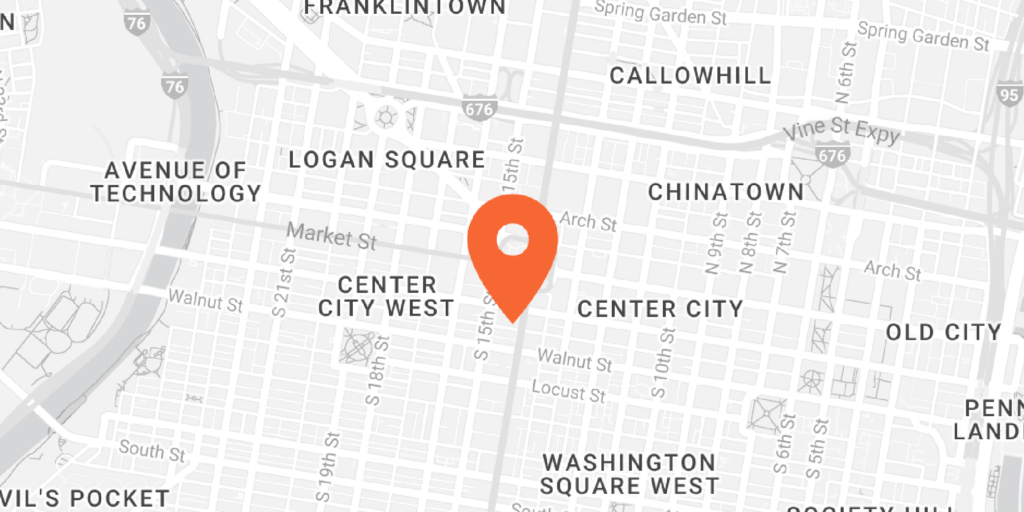When most people think of orthodontic treatment, they don’t think “fun.” The results can be fun—having straighter teeth can make you more confident, happier, and healthier. The process itself, however, is rarely what most people think of as fun or interesting. There is usually discomfort, a little bit of pain, and a lot of appointments at your orthodontist’s office before the whole ordeal is over. That doesn’t mean, however, that braces can’t be fun. Don’t think there’s anything fun about orthodontics? Here are nine interesting facts about orthodontics that are sure to change your mind:
1. The metal used to make braces was first made by NASA.
A lot of what we use in our lives today was developed originally for NASA. Memory foam, for example, was first developed for use on the space shuttle, because it was lightweight and could be compacted, while still being perfectly comfortable to sit or sleep on. Some braces wires use nickel titanium, which is a metal that was produced specifically for use in space shuttles, because it is heat-activated and can be made to remember a specific shape. This makes it perfect for braces wires!
2. Braces are older than the United States of America.
Braces might look and feel like a modern invention, and that’s probably because they’ve gone through a lot of iterations to get where they are today. The first braces, however, were made from a piece of metal and a thread, way back in 1728, predating the American Revolution by almost fifty years! That makes the concept of braces much older than our country. The technology has obviously improved since them, but the basic idea is the same: use metal to straighten teeth.
3. There are perks to having brackets cemented to your teeth.
One of the biggest fears of those who get metal braces is the concern that they won’t be able to clean the part of the tooth that the bracket is secured to for however long their treatment is. Luckily, the cement that is used to adhere metal brackets to the tooth (which is thoroughly cleaned before the bracket is applied) actually releases fluoride into the tooth. That actually improves the health of the teeth while you are also straightening them!
4. A quarter of patients have two orthodontic treatments.
This is generally because the patient didn’t wear their retainer! We give you your retainers for a reason—because without them, the teeth will start to migrate back to their original positions. You can even develop new problems that you might not have had before getting your braces on, simply because your teeth are on the move and your jaw is still growing and developing. A quarter of all orthodontic patients eventually have to have a second set of braces, simply because they don’t wear their retainers. That’s a high enough statistic to convince anyone to keep that retainer in.
5. You’re actually never too old to have braces.
Most people believe that if they don’t get braces while they are teenagers, they are officially too old to have braces at all. The truth is actually the opposite. While the vast majority of braces wearers are teenagers, that definitely doesn’t mean that an adult is too old to get braces. In fact, there are millions of people eighteen and older that are wearing braces right now. It does not matter how old you are—we can likely find an orthodontic treatment that will work for you.
6. Braces aren’t dangerous.
These are rumors perpetrated by older brothers and sisters to scare their younger siblings. Braces will not prevent you from going through metal detectors. They won’t allow you to hear radio signals in your head. They won’t even increase your chances of being hit by lightning. Why? Because the metal used in braces (besides being from NASA), isn’t magnetic. That means metal detectors don’t care about them, they don’t attract electricity, and they definitely won’t conduct radio waves (though it honestly would be kind of cool if you could hear the radio inside your head).
7. All orthodontists are dentists.
While most people see a separate orthodontist and dentist (unless you live in a very small town where your orthodontist is also your dentist), all orthodontists are actually dentists. Only about six percent of dentists, on the other hand, are orthodontists. What does this mean? It means that your teeth are in the very best possible hands when you are at the orthodontist. There is no one who knows about the health of your mouth than your orthodontist!
8. You’re usually never too young for braces, either.
While most people don’t start thinking about orthodontic treatments until they are teenagers, braces may be right for individual as young as seven years old. This is often a good time to schedule a consultation with an orthodontist, who will be able to tell you whether or not the child is ready or if there are treatments that can prevent more serious orthodontic applications in the future. Often, there are, which can cut the cost of orthodontics and be less uncomfortable for the wearer.
9. Braces aren’t the only way to get straight teeth.
If you have crooked teeth that you want straightened, either to just have a more beautiful smile or to make your teeth easier to clean and maintain, traditional metal braces are far from your only option. Invisalign is one of the newer options, but there are other bracket and wire treatments that might be more applicable to you and your situation than a traditional set of metal braces.




